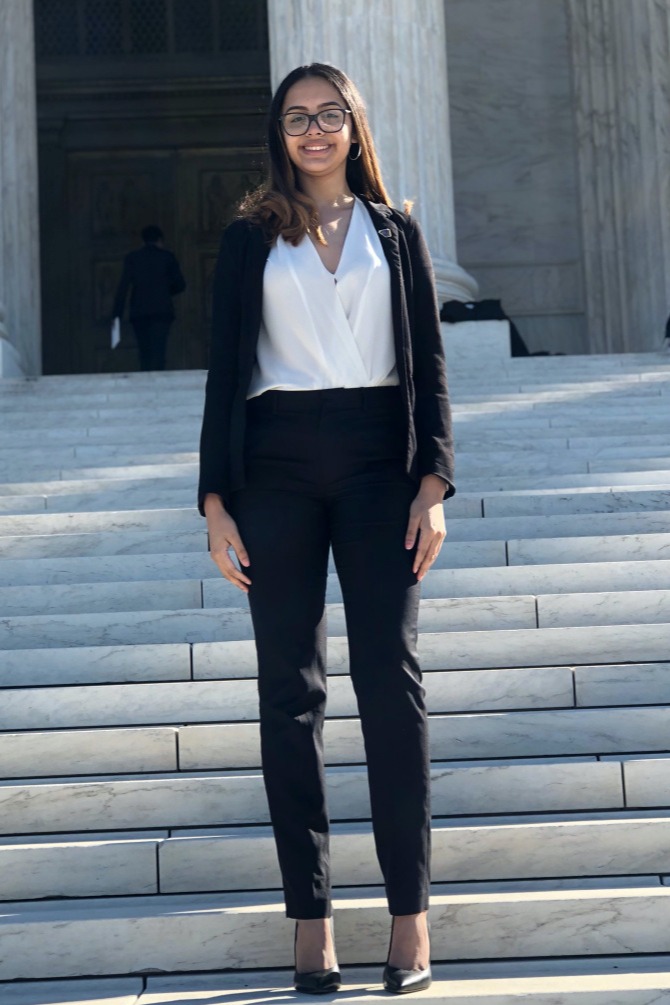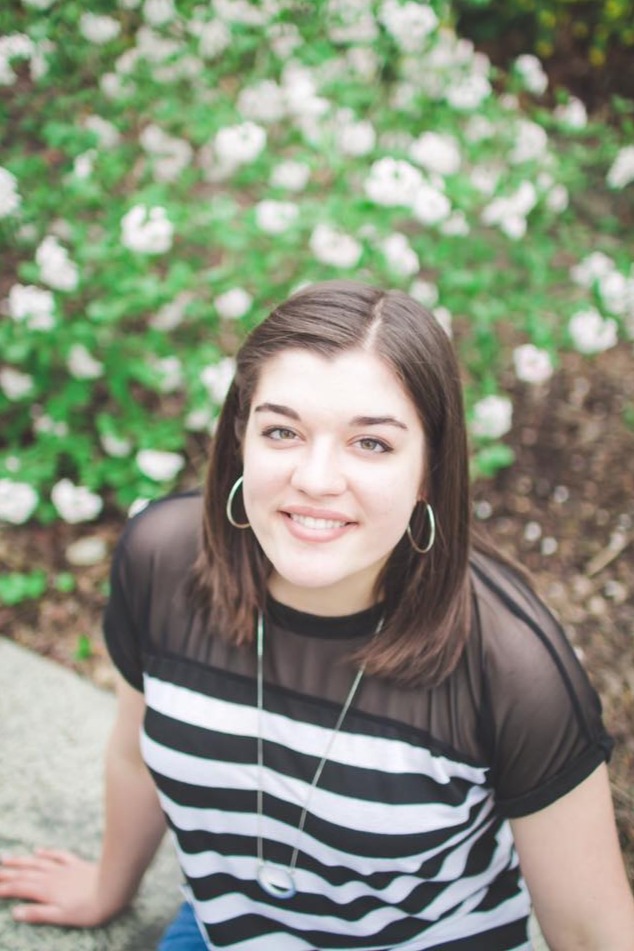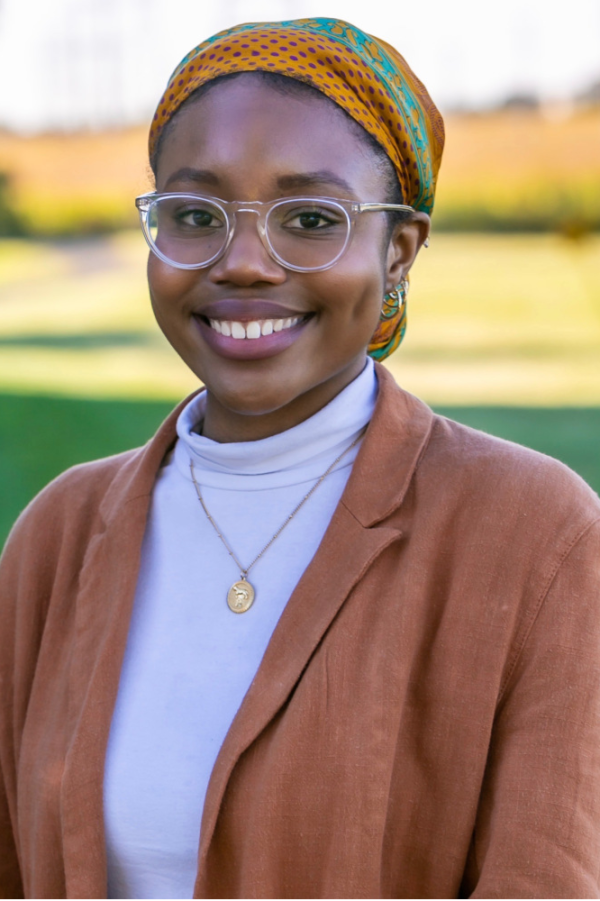Congratulations to all of our amazing HSSJ senior capstone students on a successful year! Below you can find student samples from this year including the winner of the Learning by Giving Foundation's blog contest!
Hanbin Park (winner)
The coronavirus pandemic has hugely affected the George Washington University community, especially in new undergraduate students' enrollment. The university usually has high records of students joining the community at the beginning of a new academic year. Nonetheless, since 2019, the university has seen a sharp decline in the number of new students. The decrease in the number of new students can be attributed to the decline in international students. Additionally, the majority of the admitted students preferred to defer studies as a containment measure against COVID_19.
The current pandemic has hugely affected research activities at the university. The George Washington University is closely monitoring and responding to the impacts of COVID_19. Resultantly, the university has put up guidelines such as social distancing and avoiding overcrowding as measures to contain the virus.

Kaylah Fermaint
The Covid-19 crisis has caused extreme disorder at The George Washington University (GWU) and in the education system at large. The George Washington University has worked tirelessly to roll out an effective action plan in response to our current pandemic. To ensure the safety and security of all students our university has transitioned to virtual learning pending the greenlight from public health officials to resume in person learning. While various measures have been taken to guarantee the health and safety of all students I fear that the university did not anticipate catering to the struggles students face at home. I believe many institutions of higher learning have attempted to implement a one size fits all approach in rolling out their actions. Unfortunately, this approach fails to consider the inequities and disparities within the education system. As a result many students including myself have experienced great struggles in completing each semester due to extenuating circumstances.

Cierra Rawson
COVID-19 has been endlessly compared to a wildfire by journalists and news anchors. Certainly, both are devastating and relentless. For me, that language summons memories of growing up in the Midwest, where it was somewhat normal to see billowing clouds of smoke rising from a burning field. These intentional fires were started by the field’s farmers and called “prescribed burns.” The goal was to get rid of existing plants, restore the nutrients of the area, and reinvigorate the land, making it ready for a new growing season. Though COVID-19 has been incredibly harmful in uncountable ways, perhaps this fire might result in some good.
One area of progress coming out of COVID-19 is that it has burnt away all of the clutter and foliage to reveal the stark inequities in our country. These gaps were always present, but many in America were unable or unwilling to see it. Now, like a field devastated by fire, every hill and valley of our failures have been laid bare for all but the irreversibly blind to see. And even then, can they not sense the destruction?
Gabrielle Bello
Historical injustices, stemming from slavery and continuing on through many forms of structural racism such as land theft and housing discrimination, have resulted in the current racial disparities that we see among unhoused populations. Black and Indigenous populations experience homelessness at higher rates than their white counterparts. For example, the 2020 Annual Homeless Assessment Report to Congress found that African-Americans represent 13 percent of the general population, but account for 40 percent of the people experiencing homelessness and over 50 percent of unhoused families with children. In Washington, D.C. specifically, 86.4 percent of adults who are experiencing homelessness are Black, yet they only represent 46.6 percent of the city’s population. This imbalance is only continuing to increase over time, especially with housing insecurity being exacerbated by the COVID-19 pandemic.




